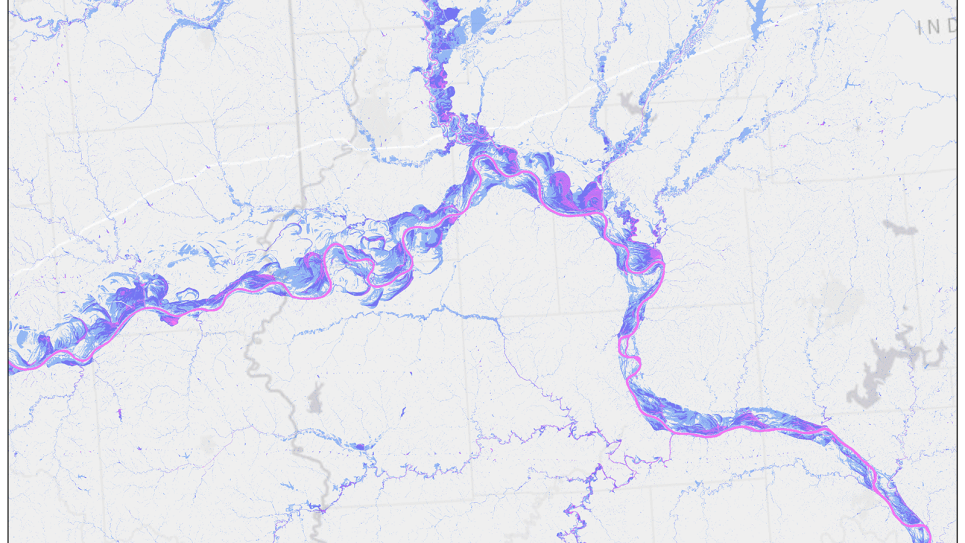
Accelerated Climate Modeling for Energy
The Accelerated Climate Modeling for Energy (ACME) project seeks to develop the simulation capability needed to answer “grand challenge” science questions. Two of these science questions—concerning the water cycle and cryosphere systems—will be pursued in the first three years of the project while researchers also seek to quantify the benefits of high resolution on the simulated climate. Through ACME, researchers can assist the U.S. Department of Energy in preparing for the coming paradigm shift to exascale computing.
With regard to water cycles, researchers hypothesize that over the next 40 years, changes to fresh water supplies such as river flow will have signatures dominated more by greenhouse gas emissions than by other “forcing” agents, such as land management, water management, and aerosols. Changes in the hydrological cycle will be simulated, with a specific focus on precipitation and surface water in orographically complex regions. For the cryosphere, the objective is to examine whether a near-term risk exists of initiating the dynamic instability and onset of the collapse of the Antarctic Ice Sheet due to rapid melting by warming waters adjacent to the ice sheet grounding lines. ACME capstone simulations will include a 100-year pre-industrial control followed by an ensemble of five to six 80-year (1970–2050) simulations.


